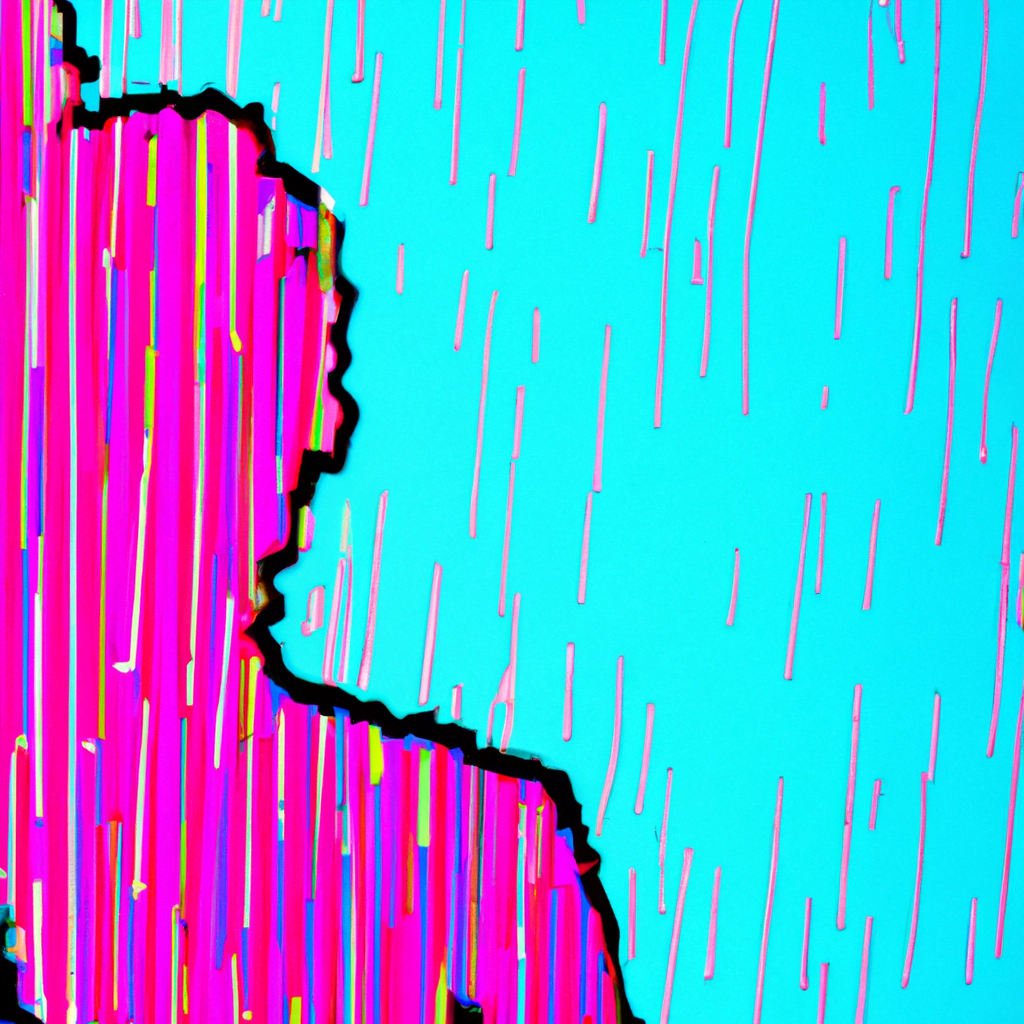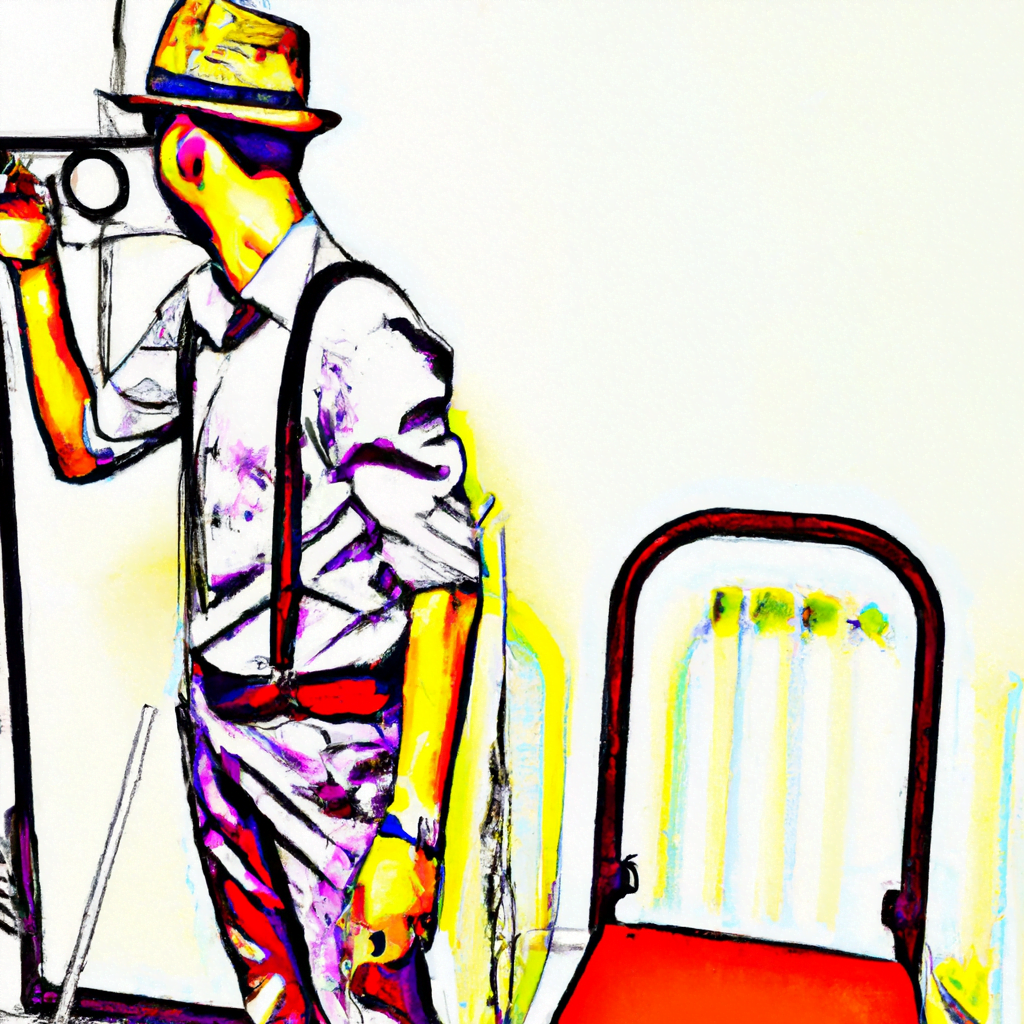
Exploring Different Illustration Styles and Techniques

Illustration is a powerful form of visual communication that has been used for centuries to convey ideas, tell stories, and evoke emotions. From ancient cave paintings to modern digital illustrations, artists have employed various styles and techniques to create captivating and impactful visuals. In this article, we will delve into the world of illustration and explore different styles and techniques that artists use to bring their ideas to life.
The Importance of Illustration
Illustration plays a crucial role in many aspects of our lives, from advertising and marketing to book covers and children’s books. It has the ability to capture attention, convey complex concepts, and evoke emotions in a way that words alone cannot. Here are some key reasons why illustration is important:
- Visual Appeal: Illustrations are visually appealing and can instantly grab the viewer’s attention. They can be used to create eye-catching designs that stand out in a crowded marketplace.
- Storytelling: Illustrations have the power to tell stories and convey narratives in a way that is engaging and memorable. They can bring characters and scenes to life, making the story more relatable and immersive.
- Brand Identity: Illustrations can help establish a unique brand identity by visually representing the values, personality, and essence of a brand. They can create a strong visual association with a brand, making it instantly recognizable.
- Emotional Connection: Illustrations have the ability to evoke emotions and create a strong emotional connection with the viewer. They can convey feelings of joy, sadness, excitement, or nostalgia, making the viewer more receptive to the message being communicated.
Exploring Different Illustration Styles
Illustration styles vary greatly, ranging from realistic and detailed to abstract and minimalistic. Each style has its own unique characteristics and can be used to convey different moods and messages. Let’s explore some popular illustration styles:
1. Realism
Realism is an illustration style that aims to depict subjects with a high level of accuracy and detail, resembling a photograph. Artists who specialize in realism pay close attention to capturing every minute detail, such as texture, lighting, and shading. This style is often used in portraiture, wildlife illustrations, and scientific illustrations.
Example: The works of artist Audrey Kawasaki showcase her mastery of realism, with highly detailed and lifelike portraits that capture the essence of her subjects.
2. Minimalism
Minimalism is an illustration style characterized by simplicity and a focus on essential elements. It involves stripping away unnecessary details and using clean lines, shapes, and colors to convey the message. Minimalist illustrations often have a modern and sleek aesthetic and are commonly used in branding, editorial design, and user interfaces.
Example: The illustrations of Malika Favre are known for their minimalistic style, using bold shapes and vibrant colors to create visually striking and memorable images.
3. Cartoon and Comic
Cartoon and comic illustrations are characterized by their exaggerated and simplified forms. They often feature bold outlines, vibrant colors, and expressive characters. This style is commonly used in children’s books, comic strips, and animations, as it appeals to a wide range of audiences and can convey humor and playfulness.
Example: The comic illustrations of Calvin and Hobbes by Bill Watterson are beloved for their expressive characters, witty dialogue, and imaginative storytelling.
4. Surrealism
Surrealism is an illustration style that explores the realm of dreams, the subconscious, and the fantastical. It often combines unexpected elements and juxtaposes reality with the imaginary. Surrealistic illustrations can be thought-provoking, mysterious, and visually captivating.
Example: The works of Salvador Dalí are iconic examples of surrealistic illustrations, with their dreamlike landscapes, melting clocks, and bizarre imagery.
5. Vintage and Retro
Vintage and retro illustrations evoke a sense of nostalgia and harken back to a bygone era. They often incorporate design elements and aesthetics from the past, such as muted colors, distressed textures, and typography reminiscent of old advertisements and posters. This style is commonly used in packaging design, editorial illustrations, and branding.
Example: The vintage illustrations of J.C. Leyendecker, known for his iconic Saturday Evening Post covers, capture the essence of the early 20th century with their timeless charm and elegance.
Exploring Different Illustration Techniques
In addition to different styles, illustrators employ various techniques to create their artworks. These techniques can range from traditional methods to digital tools and software. Let’s explore some popular illustration techniques:
1. Watercolor
Watercolor is a versatile and widely used medium in illustration. It involves using pigments mixed with water to create translucent and vibrant washes of color. Watercolor illustrations often have a soft and organic feel, with subtle variations in tone and texture.
Example: The watercolor illustrations of Beatrix Potter in her beloved children’s book “The Tale of Peter Rabbit” showcase the delicate and whimsical nature of this technique.
2. Pen and Ink
Pen and ink is a traditional technique that involves using pens or brushes with ink to create intricate and detailed illustrations. Artists use different types of pens, such as dip pens or technical pens, to achieve varying line weights and textures. This technique is commonly used in editorial illustrations, book illustrations, and comic art.
Example: The detailed pen and ink illustrations of Aubrey Beardsley in Oscar Wilde’s play “Salome” are renowned for their intricate patterns and dark, macabre themes.
3. Digital Illustration
Digital illustration has gained popularity in recent years due to advancements in technology and software. It involves creating illustrations using digital tools such as graphic tablets and software like Adobe Illustrator or Photoshop. Digital illustration offers artists a wide range of possibilities, from creating precise and clean vector graphics to emulating traditional mediums.
Example: The digital illustrations of Yuko Shimizu showcase the versatility of this technique, with her bold and vibrant artworks created using a combination of traditional and digital methods.
4. Collage
Collage is a technique that involves combining different materials, such as paper, photographs, and found objects, to create a cohesive image. Artists cut, tear, and arrange these materials to create unique and visually striking compositions. Collage illustrations can have a tactile and textured quality, adding depth and visual interest to the artwork.
Example: The collage illustrations of Hannah Höch, a prominent figure in the Dada movement, challenged traditional notions of art and gender roles with her thought-provoking and politically charged artworks.
<h
